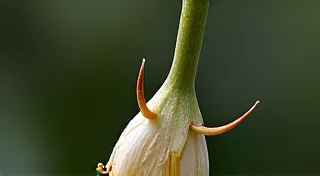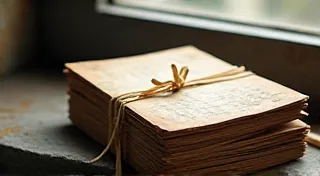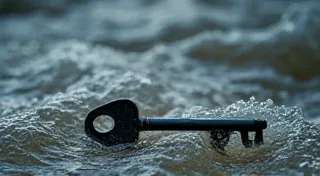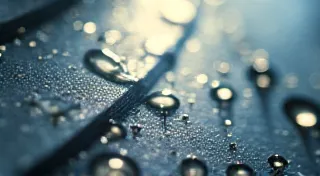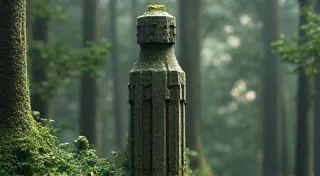The Silent Scribe: Chronicling a Pen’s Journey Through Time
There's a quiet dignity to antique objects. A palpable weight of history. And few objects encapsulate that weight as beautifully as a vintage calligraphy pen. They are, in essence, silent witnesses to generations, each nib tip having danced across parchment, whispering secrets of poets, scribes, and letter writers long since passed. To hold one is to connect, however fleetingly, with the hands that shaped our world. This isn's just about restoring a tool; it's about honoring a legacy, a journey etched in metal and ink.
I remember the first pen I rescued. It was a Conway Stewart, its black hard rubber body clouded with years of grime. The nib was stiff, almost frozen, and a hairline crack marred the lever filling mechanism. It had been discarded, deemed unusable. But I saw something beyond the damage – a story. I imagined the hand that held it, the documents it signed, the love letters it penned. The restoration became more than just a project; it became an act of reverence. A reverence that extends beyond mere functionality, encompassing a deep understanding of the materials and their eventual decline – a topic explored in more detail in The Collector’s Lexicon: Understanding Pen Materials and Their Degradation.
The Echoes of Craftsmanship
Modern pens are products of mass production. Precise, efficient, and often disposable. But the antique calligraphy pen—especially those from the late 19th and early 20th centuries—represents a different era: one where craftsmanship wasn't just a skill, but an art. Each component was often handcrafted, a testament to the artisan's dedication. The materials themselves – ebonite, hard rubber, gold, silver – were chosen for their longevity and beauty. Examine a pen from this period, and you're likely to find subtle details—a delicately chased pattern, a unique sac material, a precisely-angled breather hole – that speak volumes about the maker's pride.
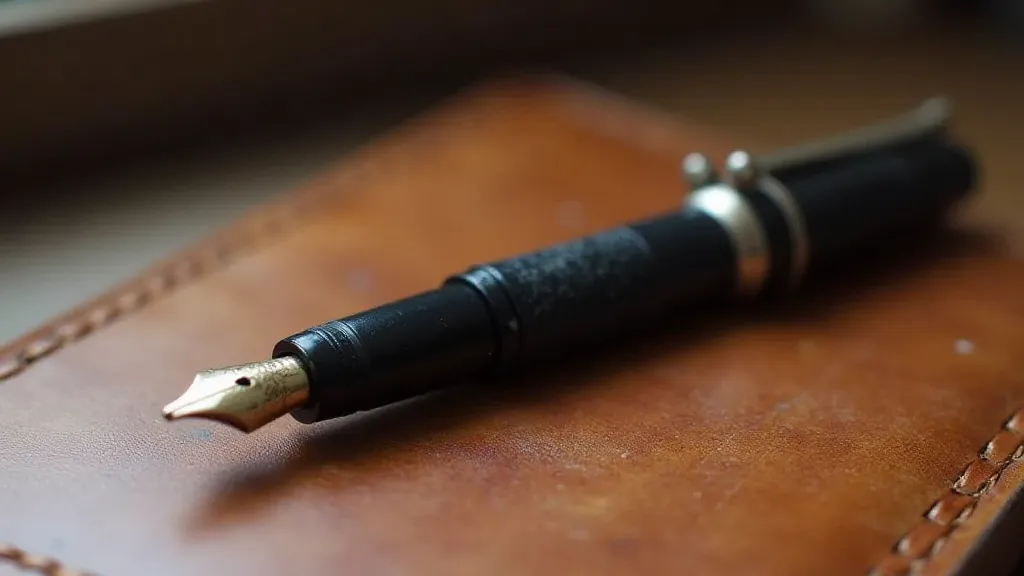
The restorers of these pens aren’t merely technicians; they are custodians of a disappearing art. We recognize the fingerprints of the original maker, the imperfections that mark it as undeniably human. There’s a temptation, of course, to strive for perfect restoration. To eliminate every scratch, to replace every worn part with a pristine replica. But that, I believe, is to betray the pen's history. It's to sanitize a story. The emotional impact of restoring these pieces, and the connection forged with the past, is profound and something that fuels the passion for this craft. For those interested in exploring this emotional aspect further, I recommend reading Resonance of the Past: The Emotional Connection to Restoring Vintage Pens.
The Responsibility of the Restorer
Our role isn’t to erase the passage of time, but to gently halt its destructive power. To stabilize the materials, to revive the functionality, and to allow the pen to continue its silent journey. It’s a delicate balance. Too aggressive a cleaning can strip away vital oils and markings. Too much intervention can obscure the original craftsmanship.
Think of it like preserving a photograph. You wouldn’t aggressively scrub away the fading or the creases, for those are intrinsic to its story. You would carefully stabilize the image, preventing further degradation, and allowing it to retain its unique character. The same principle applies to pen restoration.
I'm often asked about the ethics of replacing parts. My personal philosophy is to only replace when absolutely necessary for the pen’s structural integrity or functionality. A nib replacement, for instance, is a significant intervention. I always strive to find a period-correct replacement, understanding that even then, it alters the pen's history. Whenever possible, I’ll attempt to repair the original, even if it means meticulous effort and a protracted process. The precise techniques for addressing various pen maladies often require specialized knowledge. Resources like Ink's Apothecary: Addressing Common Pen Maladies & Their Remedies offer invaluable insight into these challenges.
A Step-by-Step Approach (Without Explicit Instructions)
The restoration process itself is a meditative one, demanding patience and a keen eye. Cleaning, for instance, requires a careful selection of solvents and a gentle touch. Hard rubber pens, for example, respond well to a specific blend of mild soap and water. But harsh chemicals can damage the material and leach away crucial oils. Nibs often need careful realignment—a task requiring a steady hand and a deep understanding of nib geometry. The longevity of a restored pen is directly tied to the care taken in these initial steps.
Sac replacement is a particularly challenging area. Early pens employed a variety of materials – ebonite, gutta-percha, even animal bladder! Each material presents its own unique restoration challenges. Similarly, lever filling mechanisms are intricate devices, often requiring a delicate combination of lubrication and adjustment to function correctly. The joy isn’t just in the result, but in the understanding gained along the way. These intricate pieces are often key to the pen’s functionality and require a delicate touch to restore them to their original glory.
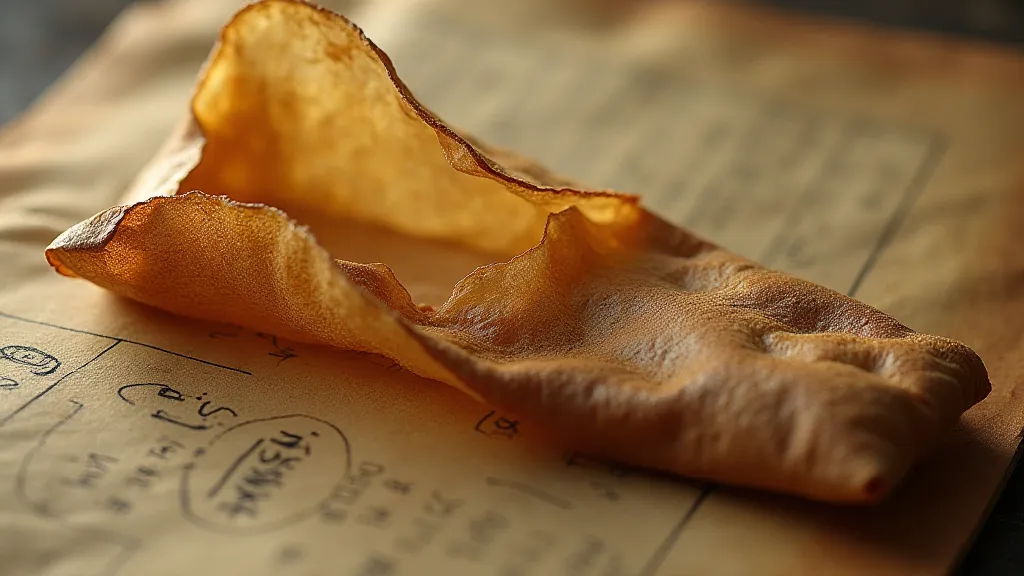
Beyond Functionality: The Emotional Connection
Ultimately, the true reward of pen restoration isn’t the perfectly functioning writing instrument. It’s the reconnection with history, the feeling of holding a piece of the past, and the knowledge that you’ve played a small part in preserving a legacy. Each pen has a story to tell, and as restorers, we are privileged to listen, to learn, and to share that story with others. The meticulous nature of this work extends beyond the technical aspects, fostering a profound appreciation for the artisans of the past.
I'm always amazed by the letters and emails I receive from people who have acquired pens I’ve restored. They share stories about their own writing, their connection to the past, and their appreciation for the craftsmanship that went into creating these beautiful objects. These moments reaffirm my belief that these aren’t just pens; they are vessels of memory, conduits to another time. They are, in their own silent way, storytellers. Maintaining these collections for future generations is an ongoing responsibility. For those who are serious about preserving these treasures, Guardians of Ink: Maintaining the Legacy of Vintage Pen Collections offers invaluable advice.
The next time you encounter a vintage pen, take a moment to appreciate its journey. Imagine the hands that held it, the words it wrote, and the stories it witnessed. And remember that even in its apparent fragility, it holds a power that transcends time—the power to connect us to the past and inspire us for the future. The subtle variations in materials and designs speak volumes about the era in which the pen was created.
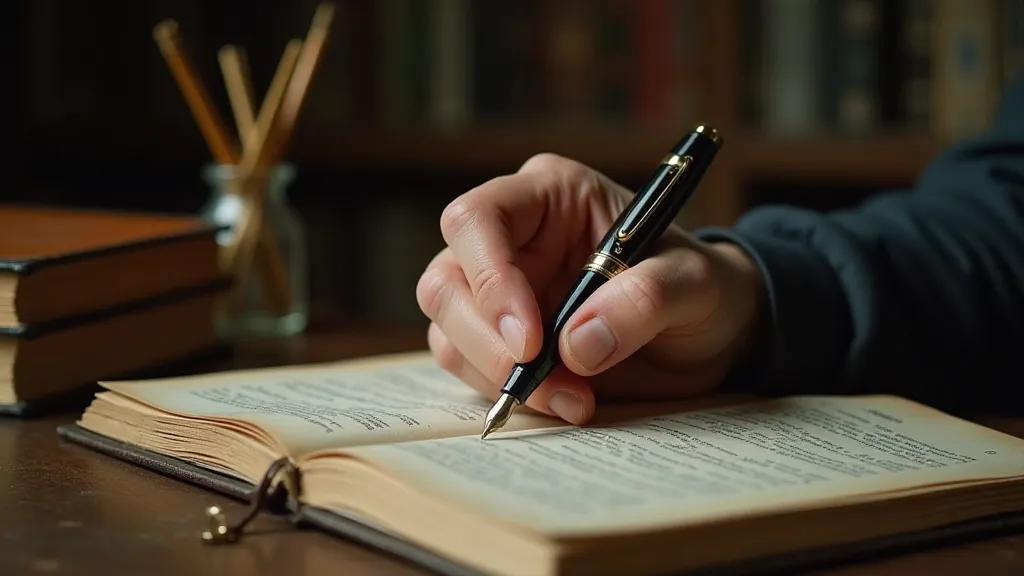
The dedication and artistry embodied in each piece are a testament to a bygone era. These pens weren’t merely tools; they were status symbols, heirlooms, and extensions of the writer's personality. To hold one is to hold a piece of that history, a tangible link to the past. The understanding and appreciation of these elements can be greatly enhanced by examining the impact and degradation of specific pen materials—a topic well-covered in The Collector’s Lexicon: Understanding Pen Materials and Their Degradation.
